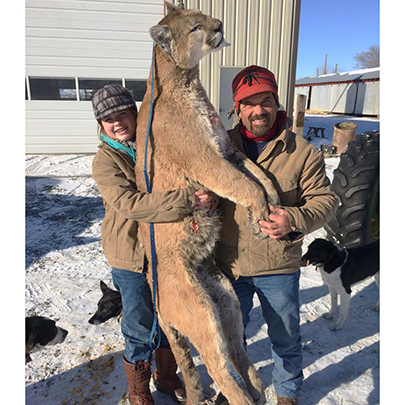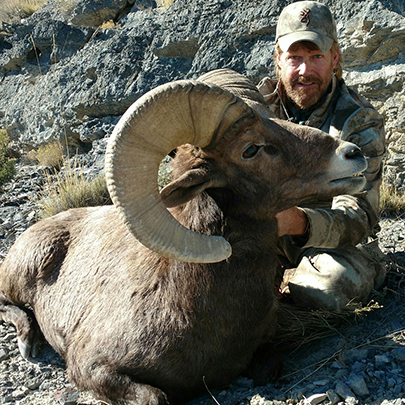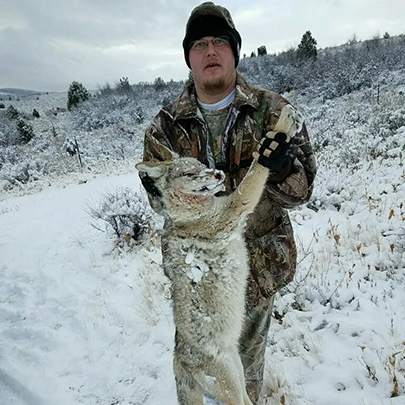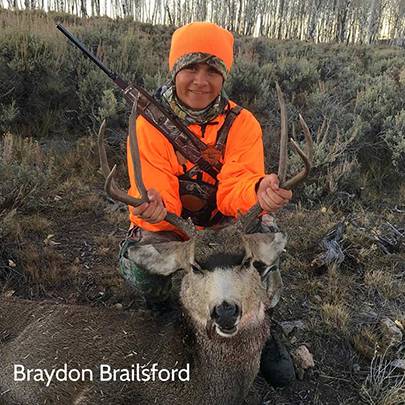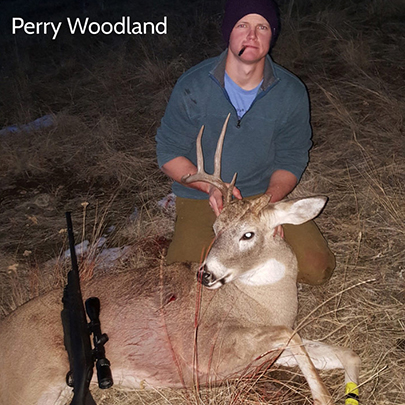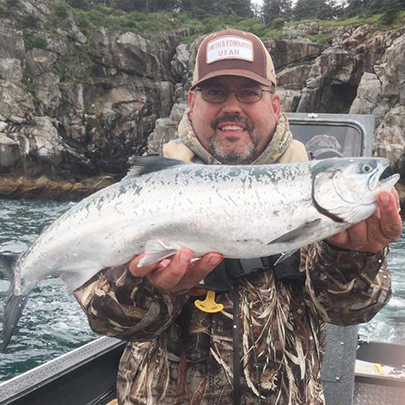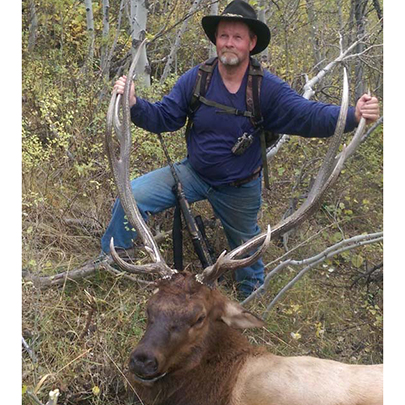We were privileged to have Travis Sparks come by and do a packing demo the other day. Hunting is a totally different experience with horses. One hunter told me his story about finally getting his deer right at the end of the day, and was dreading the hike back uphill to the truck. Luckily some horse packers saw him, came down, and helped him quarter & pack out the deer. He would have been out there way past sunset without their help!
Packing isn’t just about packing out quarters. Your mule or horse might have tent poles, a shovel, lawn chairs, your bedroll, coolers, cooking supplies, or feed on his back. When you throw in antlers into the mix, packing turns into a real art & skill developed through practice.
Travis is a member of the Back Country Horsemen of Utah & does a lot of packing himself. He gave us a detailed demonstration of the Double Diamond hitch, and answered several questions about packing.
Watch Horse Packing Tips & Knot How-ToI split Travis’s presentation into two videos for you. First, you can see exactly how to do the Double Diamond knot on our trusted cavalry horse. This is a great hitch for top packing. Then, sit back and listen to Travis’s question & answer session about packing elk antlers, using a pack scale to balance your load, using soft packs vs hard packs, and tightening a cinch.
Packing with a Double Diamond knot. Thanks to Troy Higgs for this picture! Watch: How to tie a Double Diamond KnotUse a 45-foot rope to make this hitch, which starts out similar to the box hitch. Make sure and pull the rope tight.
Watch: Horse Packing for Hunting Q&A Where to get those Pack Bags We make the pack bags shown in Travis’s demo, these are the #663 designed for coolers. We also make a narrower bag without flaps, #1665, and #1666 with flaps.Of course I’ve got to mention that we proudly make those bearcloth packs you saw in the video, and you can get them right here on our online store. Read about our Tack Workshop in our Ogden store.
Do you have questions about horse packing that Marty or Travis can answer for you? Let us know in the comments below!
Travis’s Tips for Packing Check your cinch after moving your animal – always make sure it’s tight! Your goal is to make everything into a single package that moves together, without a pivot point Keep your horse safe from antlers: make sure the rack moves along with the pack bags. Try not using a stick or a branch to elevate the horns, because they don’t ride well. Keep the center of gravity low Keep in mind what will hit a branch first: your pack bags or antlers? Don’t take shortcuts, don’t get in a hurry – pack it right. Rule of thumb, pack 15% of an animal’s weight. So for a 1000 pound animal, aim for 150-160 pounds split over the two sides.











































